Material Crudo
Sustainable Home Decor Collection
Role: Founder & Product Developer
Company: Material Crudo
Project type: Product design & Brand strategy
Project Year: 2022 - 2024
Tools: Adobe Creative Suite, photography, woodworking, market research
Deliverables: Prototypes, social media content, copyrighting, administrative tasks
Objective:
Material Crudo collaborates with Ecuadorian artisans to create high-quality, sustainable home decor products, ensuring fair compensation and recognition for their craft. The goal is to challenge the perception of local artisanal products and demonstrate that Ecuadorian craftsmanship meets international standards.
About:
Material Crudo is a homeware design brand that draws inspiration from nature, it aims to showcase the beauty of Ecuadorian materials through craftsmanship.
The work of local artisans in Ecuador is undervalued, and craftspeople are not fairly compensated for their work. Material Crudo collaborates with artisans, providing them with a space that honors and fairly remunerates their skills and knowledge.
Problem Space:
In the Ecuadorian design market, artisanal products are perceived to be of poor quality, many people prefer to purchase imported products rather than buying locally.
Our biggest challenge was to create a platform that fosters collaboration with artisans, enabling us to bring our designs to life through fair trade, ensuring high-quality products. Ultimately, demonstrating that products designed and made in Ecuador hold up to international standards.
Research:
As we delved deeper into our research, we found that many master craftspeople in Ecuador don’t even sell to the local market; instead, they export their work to North America and Europe, where it’s truly appreciated and fairly compensated. After talking with them, we realized that craftspeople didn’t have a space where they could showcase their work, we felt compelled to look for a way to educate the community about the value of crafts.
Approach:
We conducted extensive research to carefully select the artisans we wanted to collaborate with, traveling across Ecuador in search of the perfect candidates. Here are some images of the studios we visited.
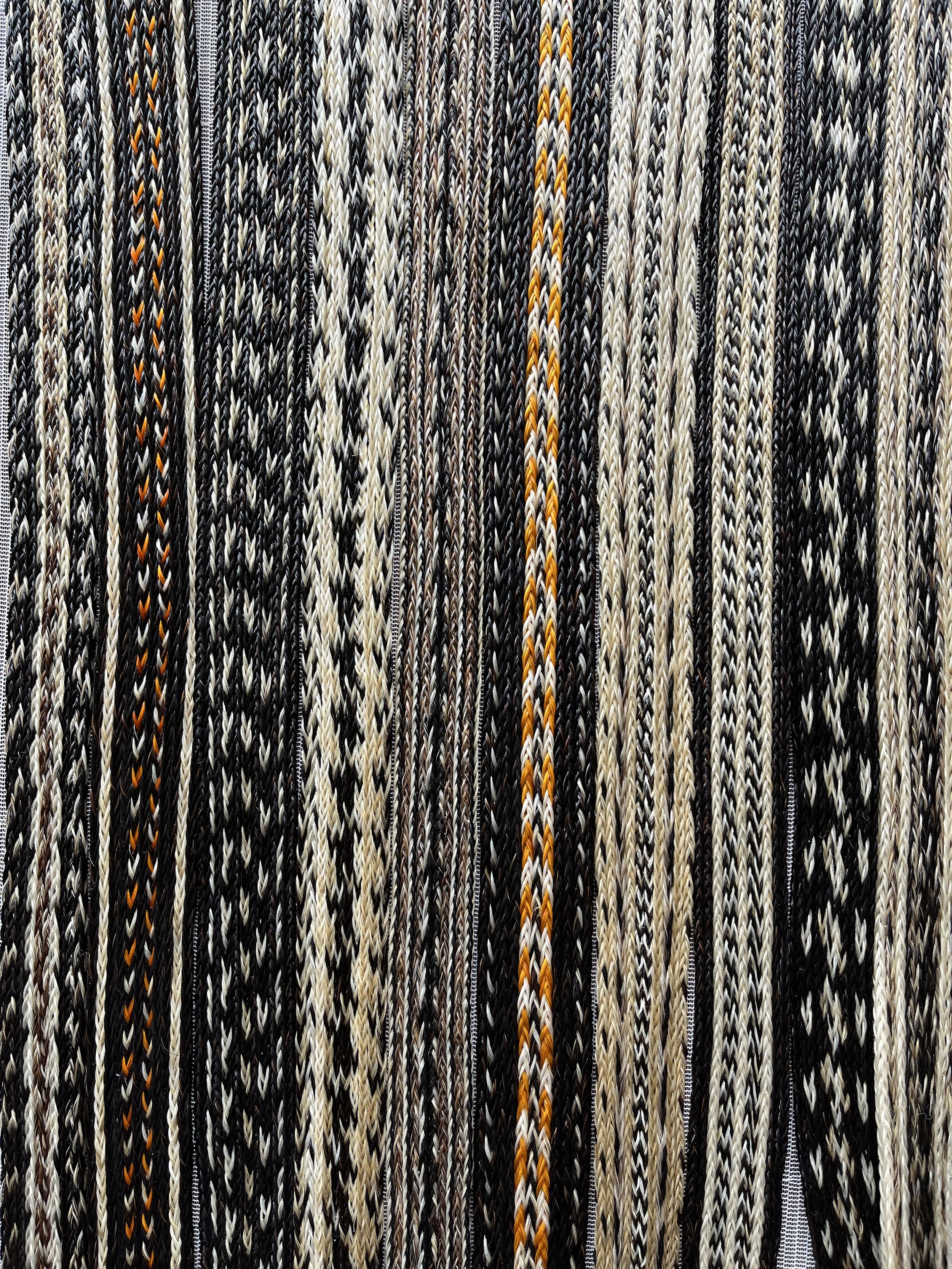
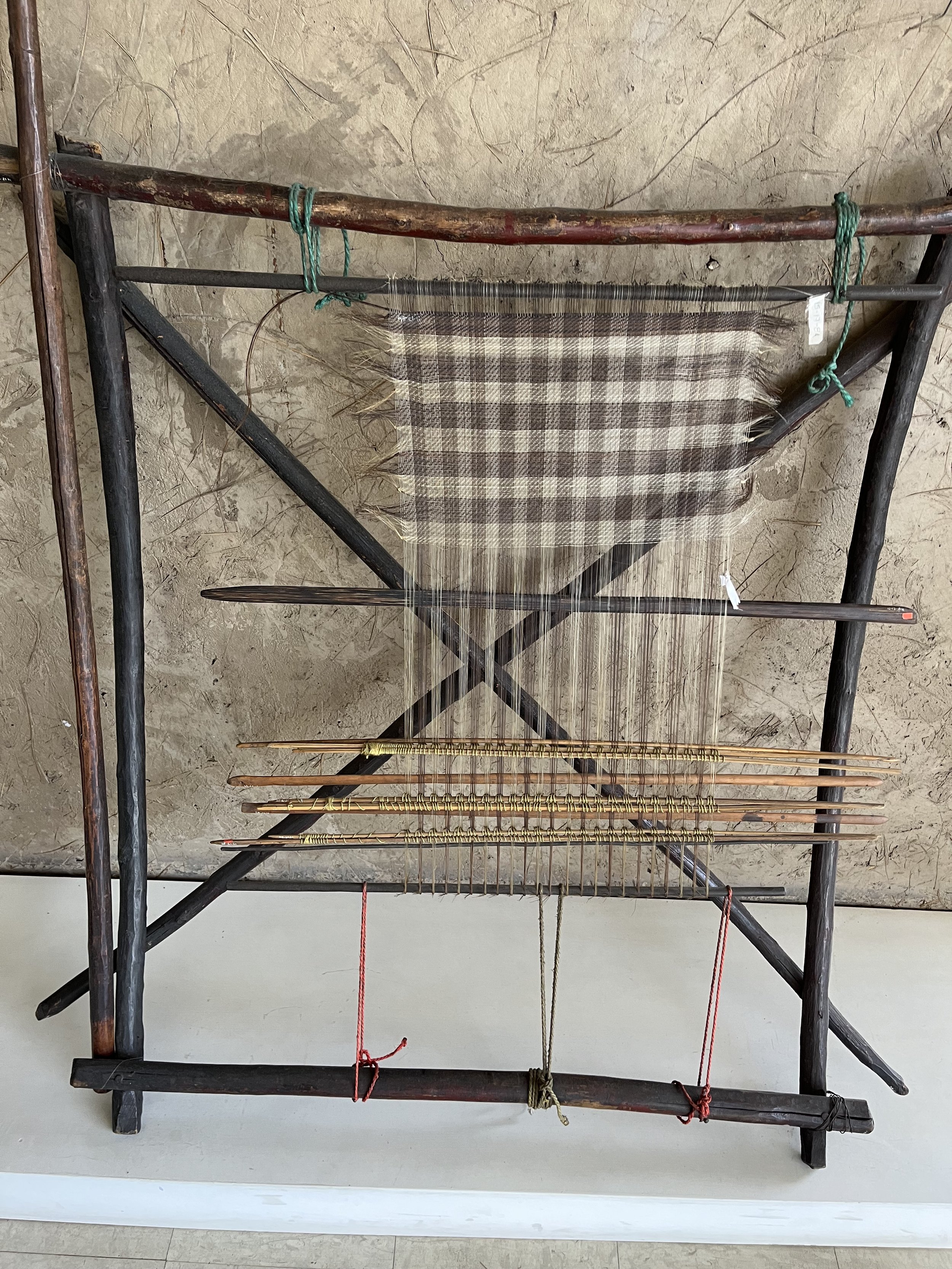
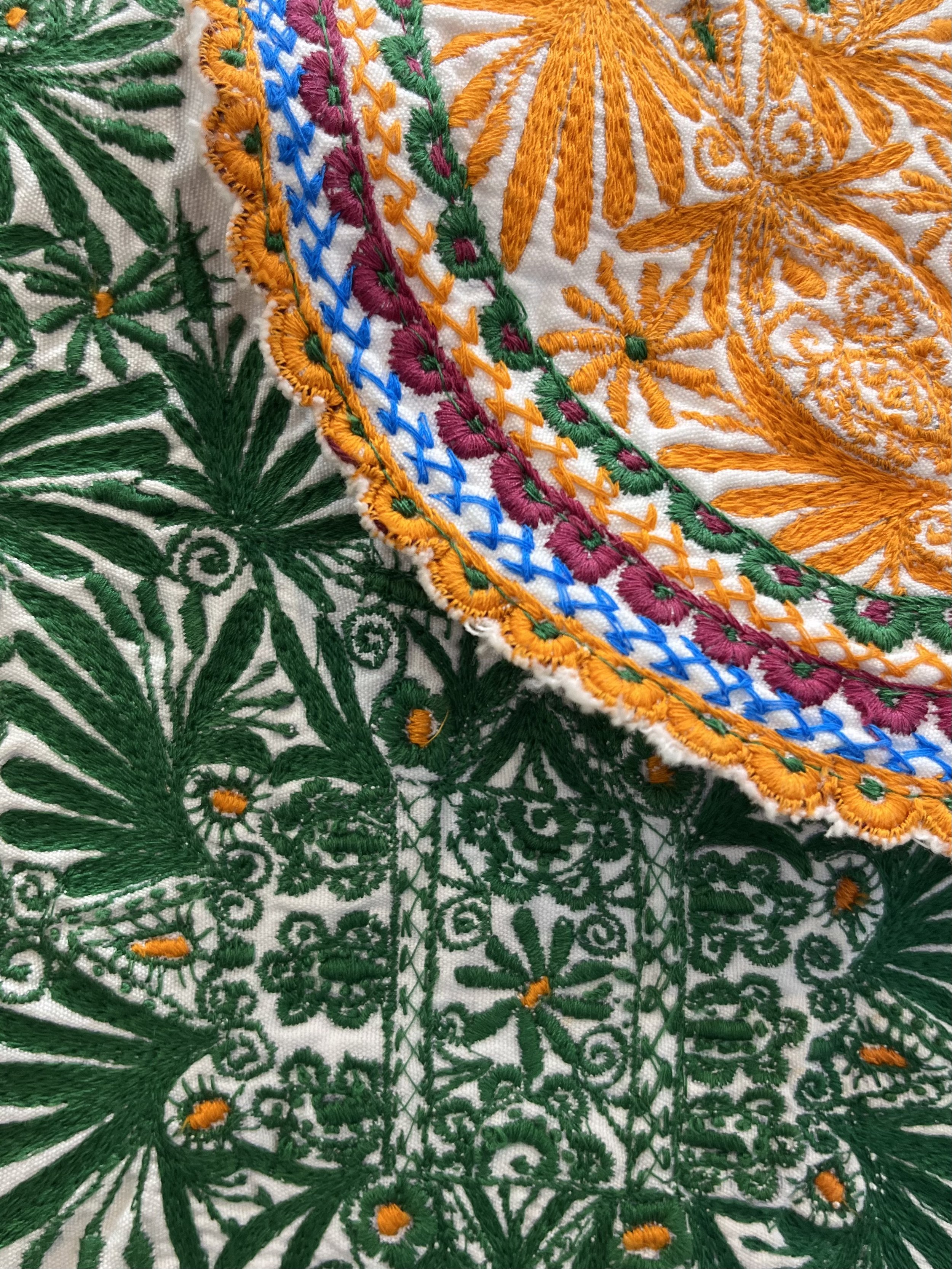
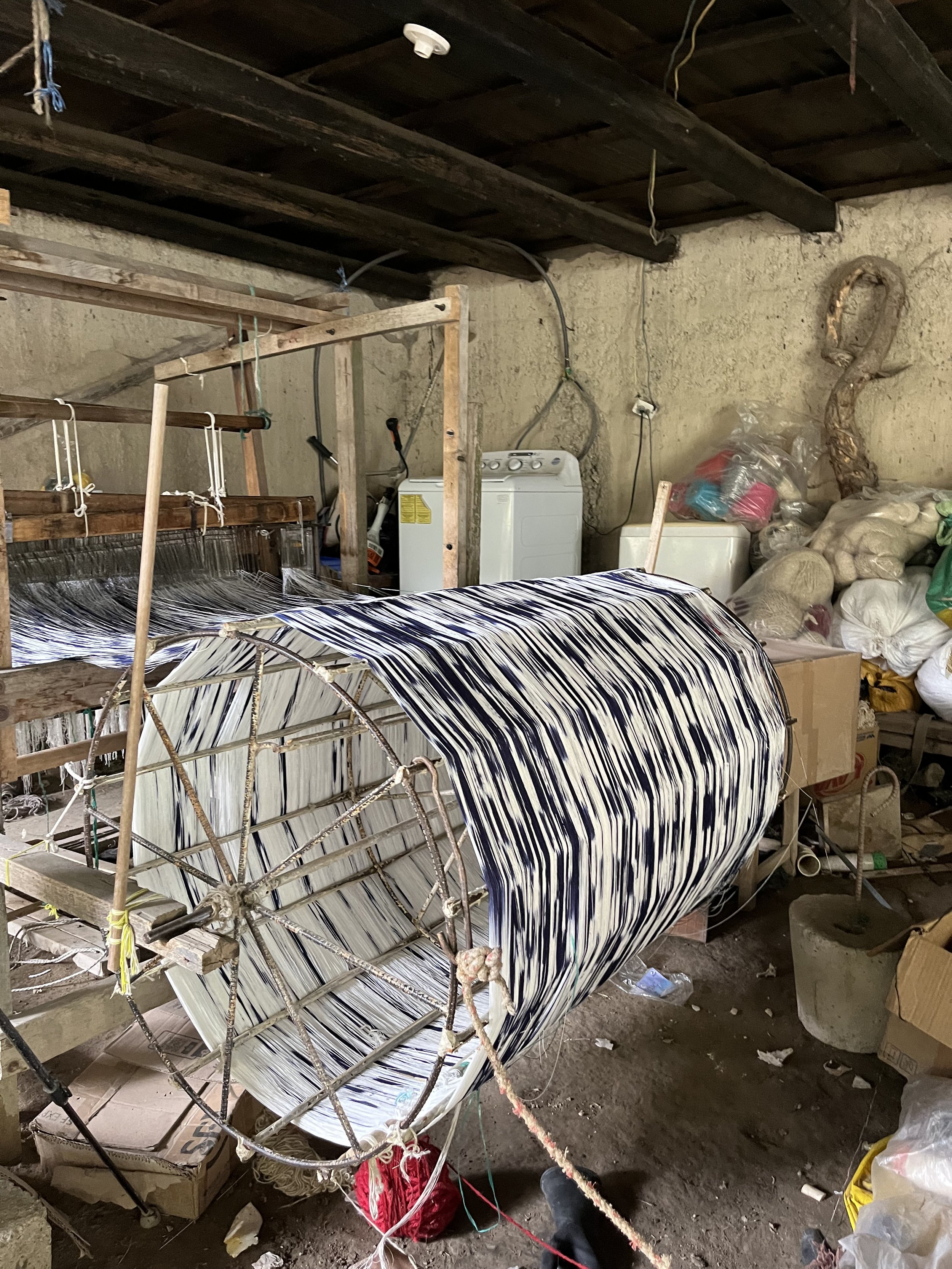
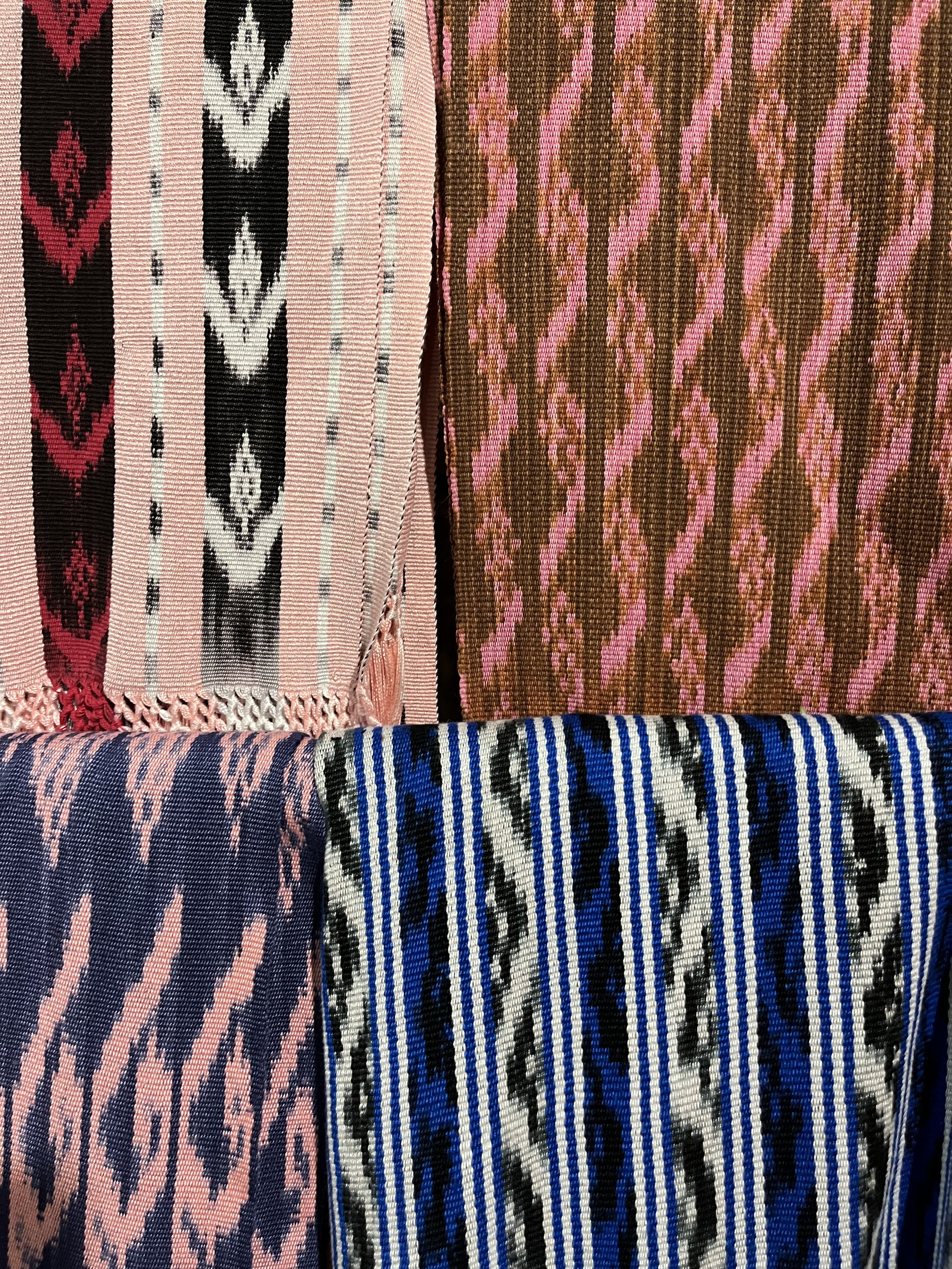



For our first collection, we wanted to create a line of products that would stand out from the crafts you would traditionally find in the local market. During the scouting phase, we met the Lara family. They have been mastering the art of glassblowing for generations. We saw their work and knew they would be the perfect partners to collaborate with.
Before work began we set some ground rules: effective communication, high-quality standards, and reliable delivery timelines. One of the pieces that caught my eye was this texturized glass sphere, I knew then that I wanted to incorporate it into a product, and this is what began our collaboration to create our signature lamps.
I now needed to find a carpenter who would create the bases for the lamps. Eventually, I found Alberto Guachamin, a wonderful woodworker who crafted the bases for the lamps, based on the sketches I provided.
We met regularly throughout the production phase, adjusting and adapting as we went. I conducted constant quality assurance, making sure our products held up to the highest standards. I started a marketing campaign on Instagram to get pre-orders for the lamps. We steadily obtained more orders as the months went on, and after two years we had produced, packaged, and delivered more than 100 lamps across Ecuador.
Going off the success of the lamps we decided to do a limited-edition product, two Valdivia-inspired stools. This concluded our first successful collection “Andes”.
Here you can find some images of the collection “Andes”






Solution:
This collection allowed us to work with multiple artisans in different capacities. We created visual content in the form of videos and photos to support our marketing strategy which increased our social media presence and overall engagement. Ultimately proving that high-quality artisanal products made by local Ecuadorians have a space in the local market and can be sold at a fair price.
As expected, by providing a curated platform for these pieces to be sold, the targeted audience was more receptive to purchasing locally made products.
Key Achievements:
Collaborated with multiple artisans to produce a cohesive collection of lamps and stools.
Increased social media presence and engagement through targeted marketing campaigns.
Delivered over 100 products, proving the viability of fair-trade, locally made goods in the Ecuadorian market.
Improving my process:
One of the biggest problems we faced was logistics and time management. Artisans usually work on multiple projects at the same time; because of this, we struggled to receive their work on time. The final product worked out perfectly but the process was not as smooth as it could’ve been.
In the future, this collaboration could benefit from a more structured itinerary and potentially hiring a project manager to hold all parties accountable for their work and to meet our deadlines on time.